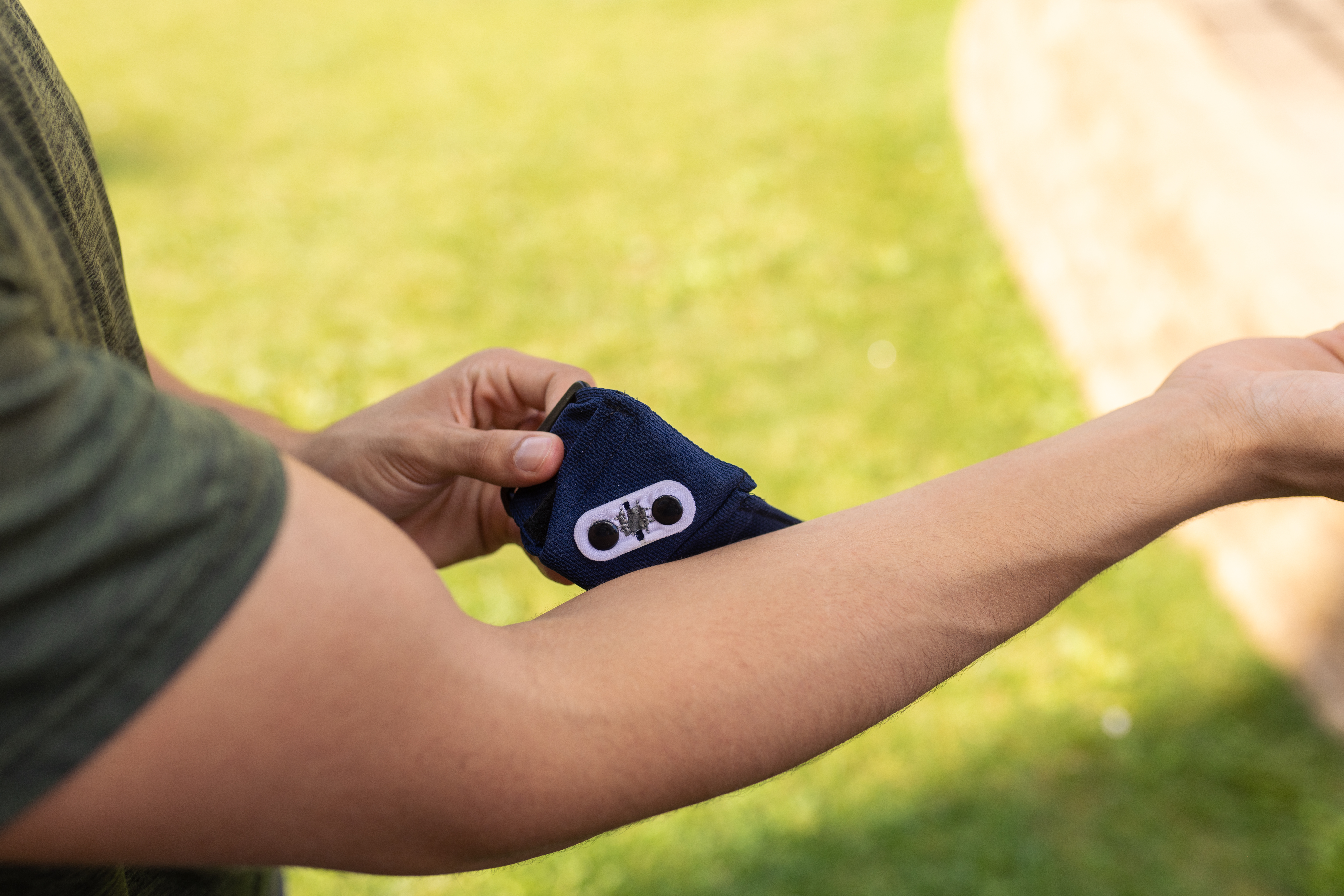Leonardo da Vinci once said, “Water is the driving force in nature.”
While that’s undoubtedly true for the survival of vegetation and people, water is also the driving force behind the performance of athletes, and hydration is one of the deciding factors in making or breaking their performance.
But how do athletes who compete in ultramarathons, triathlons and Olympic sports know how to properly hydrate themselves for their best performance? It all comes down to drinking the right stuff.
“Even the most skilled and accomplished performers can experience adverse effects with just a slight amount of dehydration,” said Dr. Ronald Otterstetter, a professor in the University of Akron’s (UA) School of Exercise and Nutrition Sciences. “We know that in severe cases, dehydration can escalate to heat stroke or death."
But what really impacts athletes is the loss of sodium in the body. While dehydration can cause sodium to drop, so can too much water.
“Rapid sodium loss without adequate replenishment can be life-threatening, but there's also a condition called hyponatremia that is caused by plasma sodium levels dropping too low due to an excess of water in the body,” he said.
Otterstetter directs the Human Performance Lab at UA where he tests the sweat, or more specifically sodium, of athletes and individuals to help guide them in formulating hydration plans that best fit their physiology. His research in sodium is also applied to SweatID, a Cleveland-based start-up company where he serves as chief exercise scientist for the company’s new technology on a unique fabric sensor that measures personalized sodium output.
“The goal of the research performed for SweatID and UA’s Human Performance Lab is to bridge the gap in hydration tracking and provide personalized insights for athletes, coaches and individuals alike,” said Otterstetter. “By understanding their unique physiology, users can tailor their training, recovery and hydration practices to achieve peak performance and better health outcomes. The sensors we use in the Human Performance Lab and the sensors developed by SweatID will monitor how much sodium is lost so you can match output with input in a clearly defined and personalized hydration plan.
.jpg)
How It Works
It all has to do with a little patch of fabric with even smaller nanotubes inside of it to collect perspiration. These nanotubes react to sodium concentration, which changes as a person exercises.
Otterstetter develops the exercise protocols needed to test the technology developed by SweatID and for use in the University’s performance lab. For instance, during development, the SweatID team needed to test the sensors. For this, Otterstetter had athletes perform 30-minute cycling trials to make their bodies perspire and see if the sensors they were wearing picked up data. (They did.)
Next, they needed to know if the data was accurate. Otterstetter had athletes perform trials by running for 90minutes on a treadmill with sweat samples being taken at different time intervals throughout the exercise.
The efforts for SweatID have been supported by grants from the National Science Foundation, Ohio Third Frontier, Great Lakes Innovation Fund and Wright Centerfor Sensor Systems Engineering.
“Everything skews toward longer races, like triathlons and marathons, where people are exercising hours at a time and need to match taking in with what they’re losing,” said Otterstetter. “We also know that beyond30 minutes of sweating, a person’s perspiration won’t behave the same, so we had to focus on situations where people would be performing for longer than a half hour. We then started comparing our results toother machinery that we knew would give accurate sodium levels to support our findings.”
.jpg)
The Impact
With this technology and Otterstetter’s supporting research, individuals who want a real-time monitoring device to increase their physical performance or to create a hydration plan that is personalized for them can have it.
“Our research will impact everyday life by transforming how individuals approach their fitness and wellness journeys,” Otterstetter said. “With real-time monitoring of crucial biomarkers, people can make informed decisions, avoid dehydration and maximize their athletic potential or daily activities.”
Take an Ironman triathlon, for example, and its2.4-mile swim, 112-mile bicycle ride and full 26.2-milemarathon. An average triathlete can finish the event in12-13 hours. But during that entire time, the athletes must hydrate themselves. They already lose part of the hydration challenge because they’re unable to hydrate themselves during the swim. So, when they come out of the water and go right into cycling, their sodium output and input levels will be uneven, and they’ll have to plan to execute a hydration plan as they cycle and then run the final 26 miles.
And the demand is definitively there. As part of his research, Otterstetter, along with others from SweatID, have attended elite competitions for triathletes, such as the annual Ironman World Championship in Hawaii, to collect data on their needs and interest in sweat and hydration tracking.
“We asked athletes about their hydration plans and learned that they actually do, in fact, have a strong demand for using a monitor that could help them stay hydrated better,” he said.
But the application of Otterstetter’s research doesn’t start and stop with athletes.
“Although the performance of athletes is the current focus, we can functionalize the wearable sensor for whatever we want,” said Otterstetter. “Health care professionals may integrate SweatID’s non-invasive monitoring into patient care for better health management. The applications also extend to military personnel, outdoor enthusiasts and anyone seeking to improve their wellbeing through personalized biomarker insights."
Story by Alex Knisely
